Wagon Transformation: King of the Road Part II
Our Blog: Word on the Sidewalk
Wagon Transformation: King of the Road Part II
In my last blog I showed four different wagon inspired automobiles. I decided to dig a little deeper into the one created by Fred Keller and Judy Foster from Wasilla, Alaska. This wagon has created quite the buzz over the years and ha s been featured in numerous stories and in many media outlets such as NBC’s Today Show, the Canadian Discovery Channel, Popular Science, Family Circle and The National Enquirer.
s been featured in numerous stories and in many media outlets such as NBC’s Today Show, the Canadian Discovery Channel, Popular Science, Family Circle and The National Enquirer.
Judy and Fred both grew up with Radio Flyer wagons. Judy has fond memories of taking dolls for rides around the block. Fred remembers sharing the wagon with five siblings. Both were inspired by a hot rod version of a Radio Flyer car in Portland, Oregon but wanted to create a more traditional wagon that reminded them of the wagon they grew up with.
The process of creating the Radio Flyer Wagon started in August 2009 and took about 11 months to finish. The chassis and engine are from 1976 B1600 Mazda pickup. The wagon body is made from ½” marine plywood, 10 ounce fiberglass cloth, Divinycell 4 pound/cubic foot PVC foam core, Clark foam core and West epoxy resin. The handle is 3” schedule 40 PVC pipe covered with two plus layers of fiberglass cloth with West epoxy resin.
For comfort they added two O’Reilly custom racing seats that are mounted to the wagon frame. There is no door on this wagon; you need to use a two step ladder to get in and out. The finishing touch is the steering wheel made from a 13” wagon wheel and a bottle cap to represent the hubcap.
The finished wagon is 13 ½’ long, 68” wide and 53” from the ground to the top of the windshield. The handle is 8 ½’ from the ground to the tip. This wagon can reach a top speed of 60 mph. That is quite a bit more than the top speed of riding a classic red Radio Flyer #18 down a hill in your backyard.








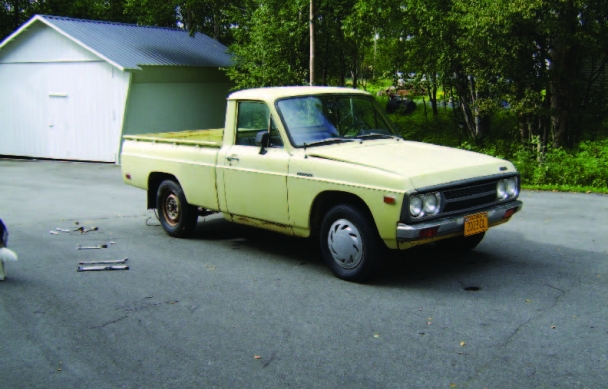
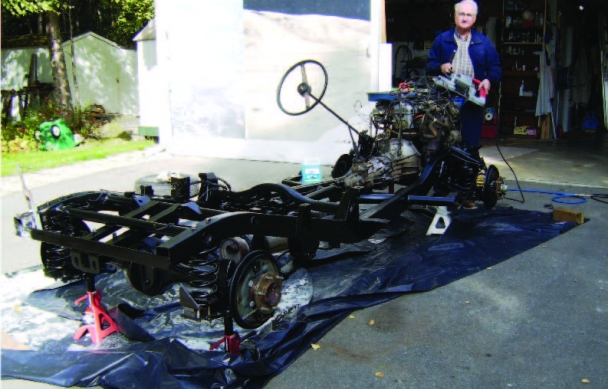
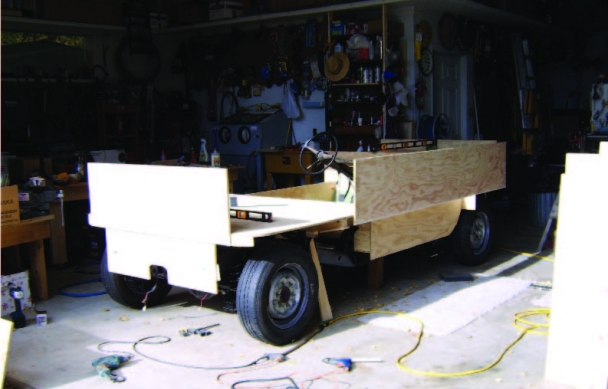
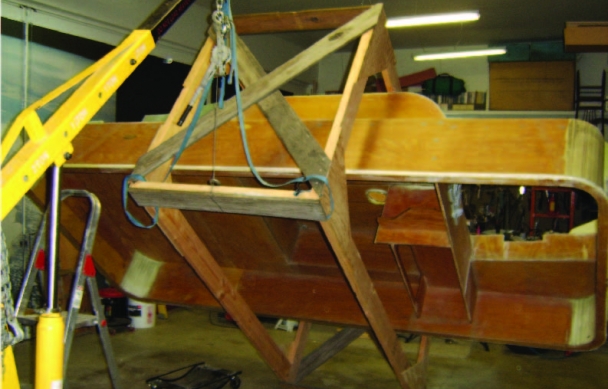
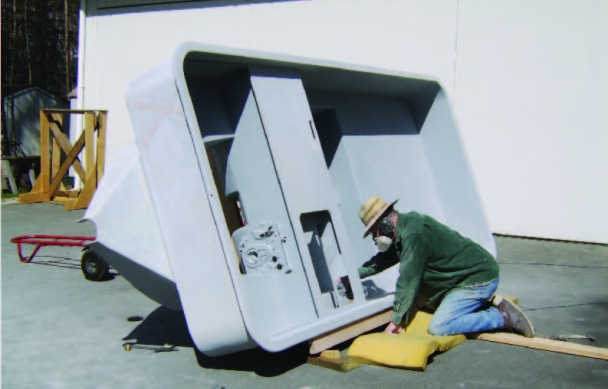
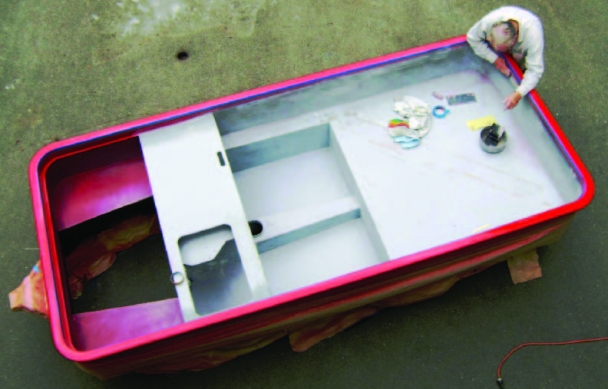
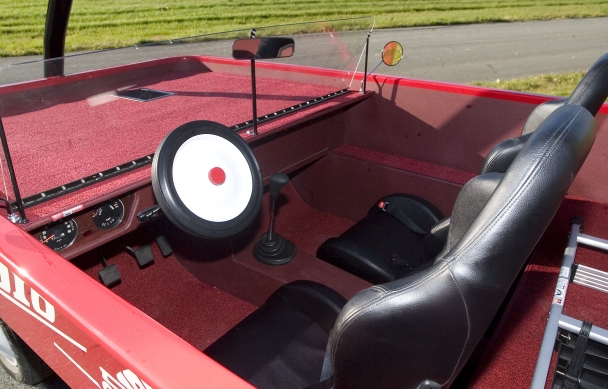
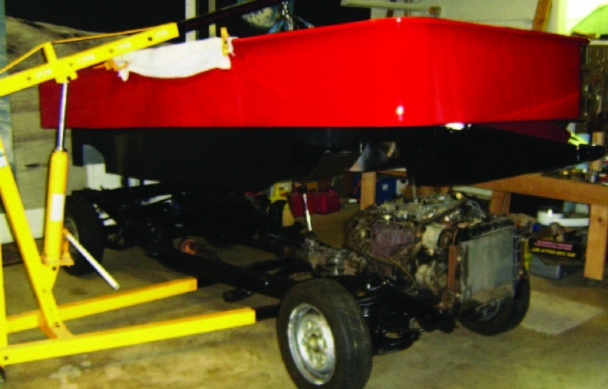
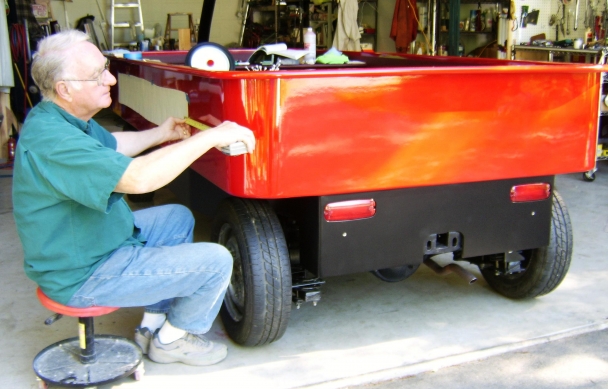
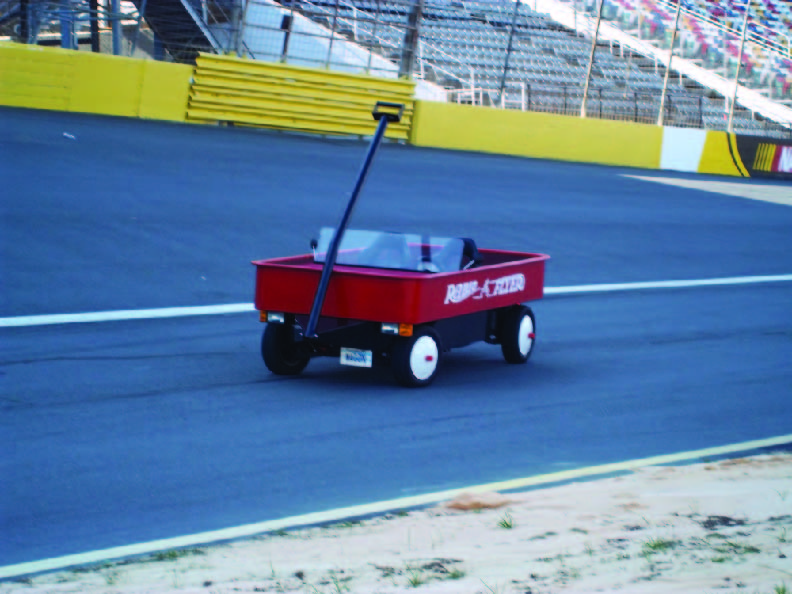


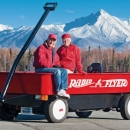
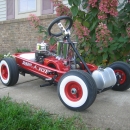
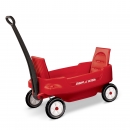
 Back to Blog Home
Back to Blog Home